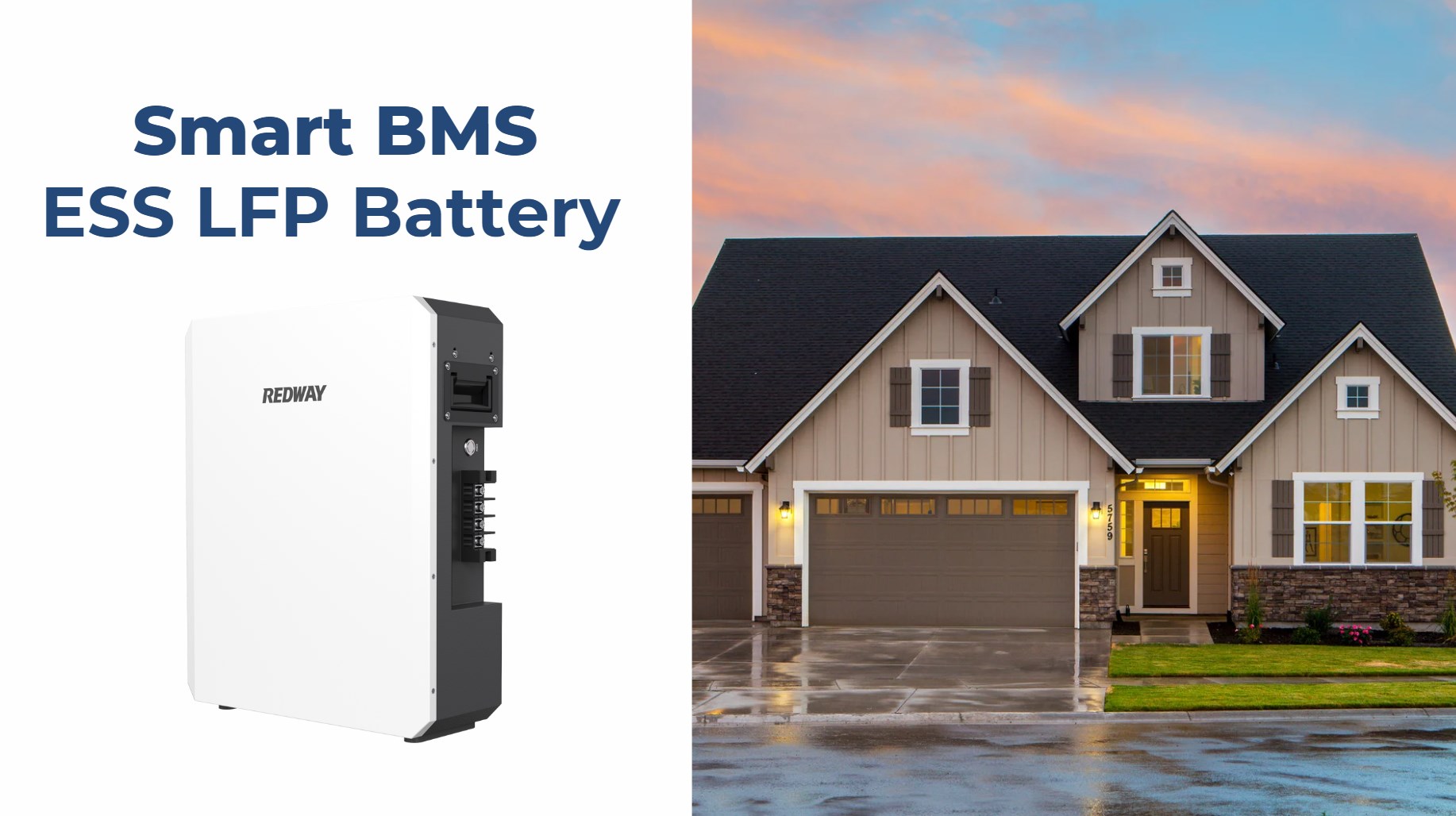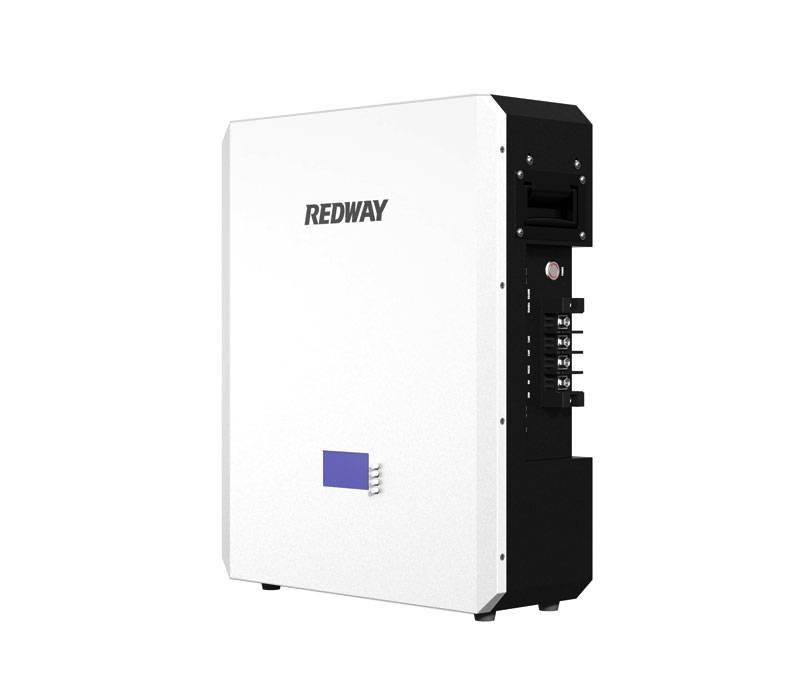Lithium home energy storage systems (ESS) are increasingly becoming an essential component of modern energy solutions. They offer reliable energy storage and efficient power management for homes. One of the critical aspects of these systems is the prevention of overcharging, which is paramount for the safety and longevity of the batteries. Here, we delve into the mechanisms and technologies that ensure lithium home ESS prevent overcharge, thus maintaining optimal performance and safety.
The lithium Home ESS prevents overcharge through its integrated Battery Management System (BMS), which monitors voltage levels during charging. The BMS automatically disconnects the charger when the battery reaches its maximum voltage threshold, ensuring safety and longevity.
Understanding the Importance of Preventing Overcharge in Lithium Home ESS
Overcharging a lithium battery can lead to several issues, including reduced battery life, overheating, and in extreme cases, fire hazards. To mitigate these risks, lithium home ESS are equipped with advanced technologies designed to monitor and control the charging process meticulously. The two primary systems involved in preventing overcharge are the Battery Management System (BMS) and built-in protection circuits.
The Role of the Battery Management System (BMS)
The Battery Management System (BMS) is the brain behind the efficient functioning of lithium home ESS. It performs several crucial tasks:
- Monitoring State of Charge (SoC) and Voltage Levels: The BMS continuously monitors the state of charge and voltage levels of each cell within the battery pack. This real-time data allows the BMS to regulate the charging process accurately.
- Regulating the Charging Process: When the battery reaches its optimal charge level, the BMS signals to stop the charging process. This regulation ensures that the battery does not exceed its maximum voltage threshold, thereby preventing overcharge.
- Cell Balancing: The BMS also manages cell balancing, ensuring that all cells within the battery pack charge evenly. Uneven charging can lead to some cells being overcharged, which the BMS prevents by redistributing the charge as needed.
Built-In Protection Circuits
In addition to the BMS, lithium home ESS incorporate built-in protection circuits that add an extra layer of security against overcharge. These circuits include:
- Current Control: Protection circuits manage the charging current, ensuring it remains within safe limits. Excessive current during charging can lead to overheating and overcharging, which these circuits effectively prevent.
- Voltage Regulation: Similar to current control, protection circuits also regulate the voltage during the charging process. They act as a safeguard to cut off the charging when the voltage exceeds safe levels, thereby preventing overcharge.
- Temperature Monitoring: Overcharging can cause excessive heat generation. Protection circuits include temperature sensors that monitor the battery’s temperature and disconnect the charging if it detects overheating, preventing potential damage or fire hazards.
Integration of Advanced Technologies
Modern lithium home ESS integrate several advanced technologies to enhance the functionality of the BMS and protection circuits. These include:
- Smart Charging Algorithms: These algorithms predict the optimal charging and discharging cycles, taking into account factors such as usage patterns and ambient temperature. By optimizing the charging cycles, they help prevent overcharge.
- Internet of Things (IoT) Connectivity: IoT-enabled ESS allow remote monitoring and management of the battery system. Users can receive real-time alerts and updates on their smartphones, enabling proactive management and prevention of overcharge.
- Artificial Intelligence (AI) and Machine Learning (ML): AI and ML technologies analyze historical data and predict potential overcharge scenarios. They adjust the charging parameters accordingly to prevent overcharging, thus enhancing the battery’s safety and longevity.
Best Practices for Maintaining Lithium Home ESS
To ensure the long-term performance and safety of lithium home ESS, it is crucial to follow best practices in their maintenance and operation. Some of these include:
- Regular Monitoring and Maintenance: Regularly check the system’s performance and ensure that all components, including the BMS and protection circuits, are functioning correctly.
- Firmware Updates: Keep the ESS firmware up-to-date to benefit from the latest advancements and improvements in overcharge prevention technologies.
- Proper Installation: Ensure that the ESS is installed correctly and in accordance with the manufacturer’s guidelines. Improper installation can lead to malfunctioning of the protective systems.
- Avoiding Extreme Conditions: Protect the battery system from extreme temperatures and environmental conditions that could affect its performance and safety.
Future Innovations in Overcharge Prevention
The field of energy storage is continuously evolving, with ongoing research and development aimed at improving the safety and efficiency of lithium batteries. Some of the promising future innovations include:
- Solid-State Batteries: These batteries replace the liquid electrolyte with a solid one, reducing the risk of overcharge and improving safety.
- Advanced Electrolytes: Researchers are developing new electrolyte formulations that are more stable and less prone to overcharge.
- Self-Healing Materials: These materials can automatically repair minor damages within the battery, maintaining its integrity and preventing overcharge.
Conclusion
Preventing overcharge in lithium home energy storage systems is a critical aspect of ensuring their safety, efficiency, and longevity. Through the integration of sophisticated Battery Management Systems, built-in protection circuits, and advanced technologies such as AI and IoT, modern lithium home ESS effectively prevent overcharge. Adhering to best practices and keeping abreast of future innovations will further enhance the performance and reliability of these systems. By understanding and implementing these measures, we can ensure that our lithium home ESS remains a safe and dependable solution for our energy needs.




